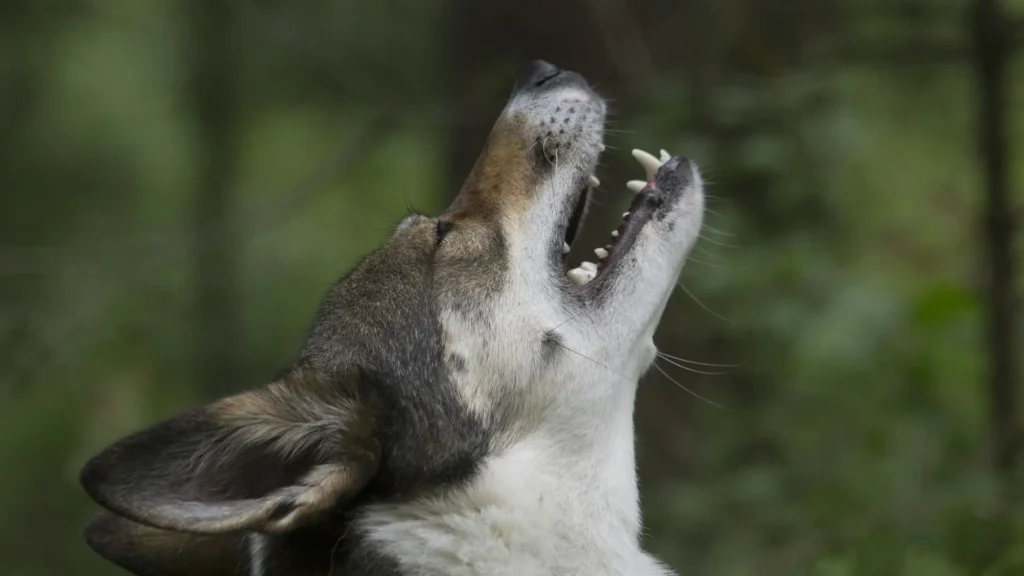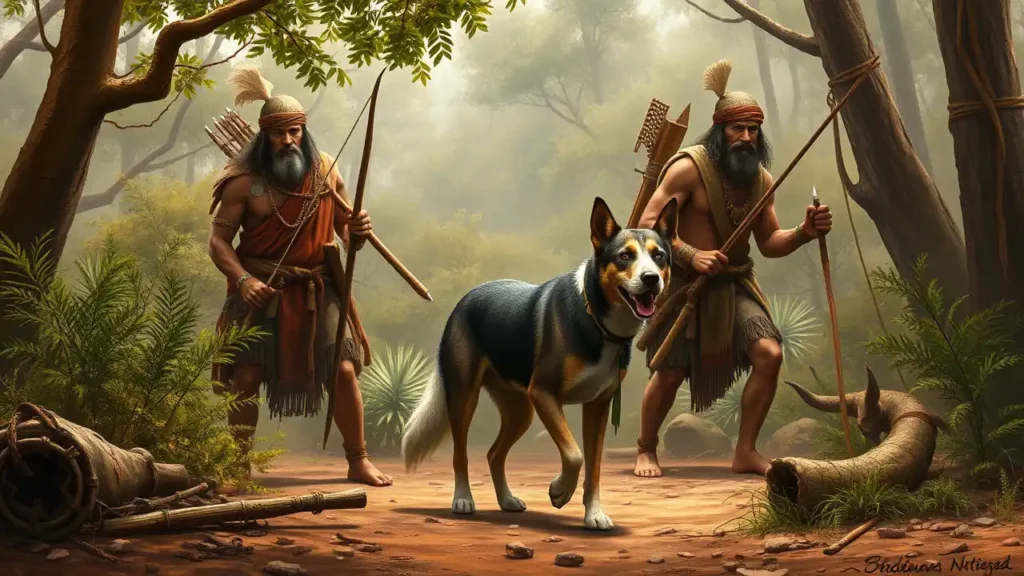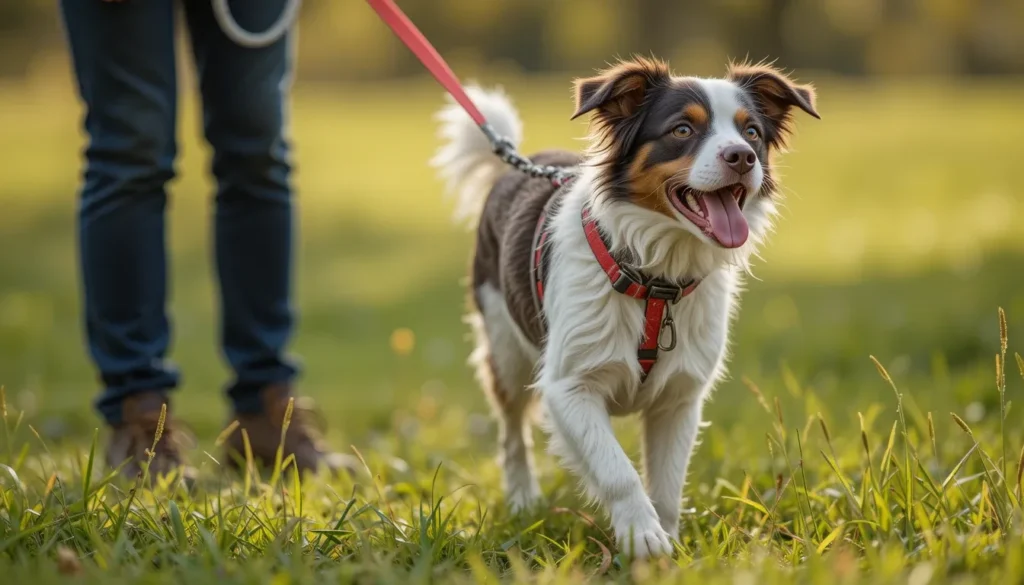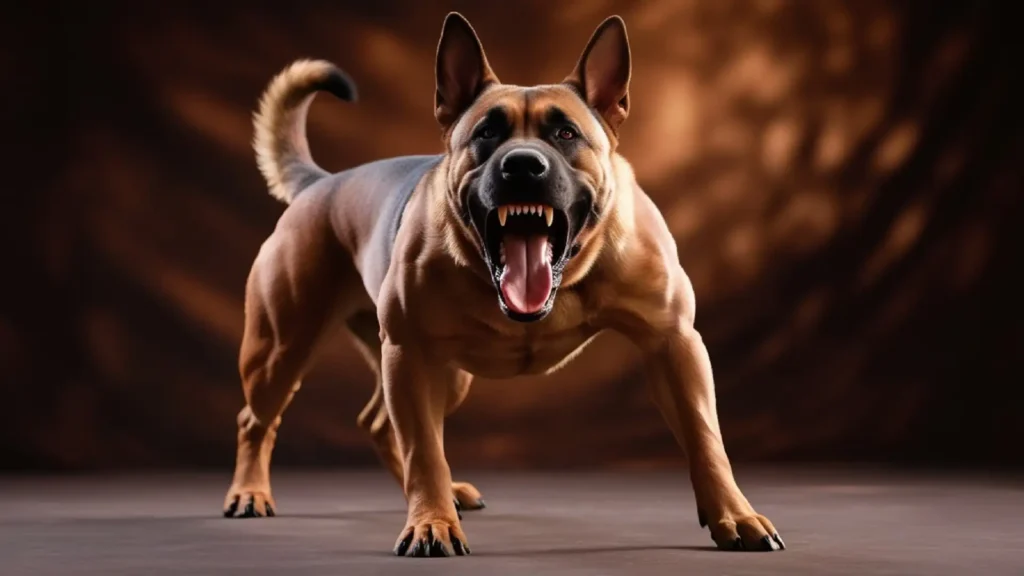Dogs are human’s one of best friends. This connection began tens of thousands of years ago, when early humans first encountered wolves. That untamed creatures eventually evolve into the loyal companions we know today as dogs. The story of how wolves transformed into dogs is a fascinating tale of survival, adaptation, and mutual benefit. The origin is rooted in the principles of evolution and natural selection.
The Origins of Domestication
Domestication of dogs is a pivotal moment in human history. It is one of the earliest instances of humans shaping another species to meet their needs. Scientists estimate that this process began between 20,000 and 40,000 years ago.
During this period, humans were primarily hunter-gatherers. They lived in small nomadic groups. Humans relied heavily on hunting, fishing, and foraging for survival. These early communities left behind food waste. Discarded bones, scraps of meat, and other remnants attracted opportunistic scavengers, including wolves.
Wolves are naturally adaptable animals. Most wolves avoided humans out of caution, certain individuals with bolder temperaments ventured closer to human settlements. They were drawn by the promise of easy meals.
Over time, these less fearful wolves gained a competitive edge over their timid counterparts. They had better access to reliable food sources. This simple act of scavenging near human camps laid the foundation for what would eventually become domestication.
As generations passed, natural selection favored wolves with some specific characteristics. Human favored wolves with reduced aggression, increased tolerance, and a greater inclination to interact with people. These behavioral indications facilitated wolves for closer proximity to humans.
Gradually, humans began to recognize the utility of having wolves nearby. Wolves could assist in hunting, alert humans to approaching predators, and protect their campsites. In return, humans provided food scraps, shelter, and protection from rival predators. This mutually beneficial relationship marked the transition from mere coexistence to active partnership.
This initial phase of domestication was likely slow and incremental. They spanned thousands of years. It wasn’t until later stages that humans began deliberately influencing the evolution of these proto-dogs through selective breeding.
However, even during this early period, significant changes occurred in both behavior and physical appearance. The transformation from wild wolf to domesticated dog was driven by shifts in temperament, social structure, and ecological niche.
From Wolf to Dog: Genetic Changes
The journey from wolf to dog involved a series of genetic adaptations. They distinguished domesticated canines from their wild ancestors. One of the most noticeable differences is size. Early domesticated wolves tended to be smaller than their wild relatives.
Smaller wolves were less threatening and easier to control. They were more suitable companions for early human societies. Over millennia, this preference for smaller body sizes became ingrained in the genomes of domesticated dogs. Preference for size has changed over time.
In addition to changes in size, coat color, ear shape, and facial structure underwent dramatic transformations.
Wild wolves typically have uniform gray or brown coats, upright ears, and elongated snouts. In contrast, domesticated dogs display an incredible diversity in coat colors and patterns, floppy ears, and shorter muzzles.
Many of these changes are believed to result from a phenomenon known as “domestication syndrome.” In this process, genes controlling developmental processes undergo mutations that affect multiple traits simultaneously. For example, changes in neural crest cells—a group of embryonic cells responsible for forming various tissues—may explain why domesticated dogs often exhibit softer facial features, altered pigmentation, and reduced aggression compared to wolves.
Modern genetic research has identified specific genes associated with domestication. This sheds light on how dogs adapted to life alongside humans. One notable discovery involves the AMY2B gene. This gene plays a crucial role in starch digestion. Dogs possess multiple copies of this gene. It enables them to break down carbohydrates more efficiently than wolves.
This adaptation proved vital as human societies transitioned from hunting and gathering to agriculture around 10,000 years ago.
Agricultural practices became the main diets of humans. Dogs thrived in this new environment for its starch-digesting capabilities. The ability to digest human leftovers effectively highlights the deep interdependence between humans and dogs. This allowed dogs to remain closely tied to human settlements despite dietary shifts.
Behavioral changes accompanied these physiological adaptations. Wolves are inherently independent and cautious creatures. They relied on pack dynamics and hierarchical structures to survive in the wild.
In contrast, domesticated dogs developed heightened sociability, trainability, and an instinctual desire to please their human companions. These behavioral traits made dogs invaluable partners in a range of activities. They helped humans from herding livestock and guarding property to assisting in hunting expeditions and providing companionship.
For example, sled dogs like Siberian Huskies and Alaskan Malamutes evolved to endure extreme cold and pull heavy loads across snowy terrains, while herding breeds like Border Collies and Australian Shepherds developed exceptional intelligence and agility to manage livestock.
Each breed reflects centuries of selective breeding aimed at enhancing specific skills and characteristics tailored to human needs. Even non-working breeds, such as Pugs and Cavaliers, showcase affection and loyalty that align with human preferences for companionship.
Ultimately, the evolution of dogs from wolves is a testament to the power of natural selection, genetic modification, and human influence. Through countless generations of interaction, wolves transformed into the diverse and versatile dogs we know today.
Selective Breeding and Breed Diversification
For tens of thousands of years, wolves adapted to life alongside humans through gradual behavioral and genetic changes. However, around 15,000 years ago, humans began taking a more active role in shaping the future of their canine companions.
This marked the beginning of selective breeding. Humans deliberately chose individuals with specific traits to reproduce. The aim was to create lineages tailored to particular roles and environments.
The practice of selective breeding accelerated during the Neolithic Revolution, roughly 10,000 years ago. Humans transitioned from nomadic lifestyles to settled agricultural communities. As societies became complex, so too did the tasks required of dogs.
Humans recognized that certain physical and behavioral characteristics could be enhanced through careful mating choices. This led to the development of specialized breeds designed for specific purposes.

Specialized Breeds Across Cultures
Different regions of the world developed unique breeds based on local needs and environmental conditions. For example:
Hunting Dogs
In ancient Egypt, sleek and agile breeds like Saluki were prized for their speed and endurance. They were ideal for hunting gazelles and other swift prey. Similarly, European nobility bred Greyhounds and Pointers to assist in tracking and capturing game.
Herding Dogs
With the rise of agriculture came the need to manage livestock efficiently. Herding breeds such as Border Collies, Australian Shepherds, and German Shepherds evolved to possess intelligence, agility, and an innate ability to control the movement of sheep, cattle, and goats. Their keen instincts and responsiveness to commands made them indispensable to farmers and ranchers.
Guard Dogs
Large breeds like Mastiffs and Rottweilers were developed to protect homes, livestock, and entire villages from intruders. These dogs combined strength, loyalty, and territorial instincts to serve as formidable guardians.
Sled Dogs
In harsh northern climates, breeds like Siberian Huskies, Alaskan Malamutes, and Samoyeds were selectively bred for their thick double coats, stamina, and ability to pull heavy sleds across vast snowy landscapes. Their resilience and teamwork-oriented nature allowed human communities to thrive in some of the planet’s most extreme environments.
Companion Dogs
Not all breeds were bred for work. Many dogs were developed purely for companionship. Toy breeds like Pugs, Shih Tzus, and Cavalier King Charles Spaniels became popular among royalty and aristocrats. These dogs are small, and affectionate. They sought these pets to accompany them indoors. These breeds emphasized traits like docility, charm, and adaptability to urban living. They were breed as family dogs.
Today, there are over 340 internationally recognized dog breeds. Each breed has its own distinct appearance, temperament, and skill set.
The Science Behind Selective Breeding
Selective breeding relies on understanding heritability—the passing of traits from parents to offspring. By consistently pairing dogs with desirable traits, humans have been able to amplify those qualities over generations.
Modern genetics has revealed that many breed-defining traits are controlled by relatively few genes. For instance: Variations in the IGF1 gene are linked to body size. This gene explains why some breeds remain small while others grow significantly larger.
Mutations in the MITF gene contribute to coat color patterns, such as the distinctive “spotting” seen in Dalmatians. Changes in the COL11A2 gene affect ear shape, accounting for differences between floppy-eared breeds like Beagles and erect-eared breeds like German Shepherds.
While selective breeding has produced remarkable diversity, it has also introduced challenges. Some breeds are prone to inherited health issues due to limited gene pools.
For example, brachycephalic (flat-faced) breeds like Bulldogs and Pugs often suffer from respiratory problems, while large breeds like Bernese Mountain Dogs may be predisposed to joint disorders. Responsible breeding practices aim to balance aesthetics with health and functionality to ensure the well-being of future generations.
Mutual Benefits: Why Humans Chose Dogs
The success of the human-dog partnership lies in its reciprocity. This relationship benefits both species. For early humans, dogs provided critical advantages that increased their chances of survival in a hostile world.
One of the most significant contributions of dogs was their unparalleled sensory abilities. A dog’s sense of smell is estimated to be up to 100,000 times more acute than that of humans. This allows them to detect scents imperceptible to us.
This made them invaluable as trackers, capable of locating prey and following trails over long distances. Similarly, their acute hearing enabled them to act as sentinels. They could alert their human companions for potential threats. Even today, dogs continue to excel in roles requiring heightened senses, such as search-and-rescue operations, drug detection, and medical alert services.
Dogs also played a practical role in daily life. They assisted in hunting by cornering prey, retrieving fallen game, and driving animals toward hunters. In agricultural settings, they helped herd livestock. This ensured efficient management of valuable resources. Additionally, their protective instincts made them effective guards.
Beyond their utilitarian functions, dogs offered emotional support and companionship. Evidence suggests that prehistoric humans formed deep bonds with their canine companions.
Archaeological findings, such as gravesites where humans and dogs were buried together. This indicates that dogs held symbolic importance in early human cultures. These discoveries suggest that dogs were not merely tools but cherished members of the community. Their presence alleviated loneliness, reduced stress, and fostered social cohesion within human groups.
In return, dogs benefited immensely from their association with humans. They gained access to steady food supplies, shelter from the elements, and protection from rival predators.
This symbiotic relationship proved so advantageous that it spread across continents. Whether as hunters, herders, guardians, or companions, dogs have played a central role in shaping human history.
Modern Insights into Canine Evolution
Advances in genetics, archaeology, and comparative biology have revolutionized our understanding of canine evolution. Recent studies comparing the genomes of modern dogs and wolves have challenged long-held assumptions about the origins of domestication.
Traditionally, researchers believed that dogs descended from a single population of wolves domesticated in one geographic region, likely Asia or Europe. However, newer evidence supports the “dual origin” hypothesis. It suggests that domestication occurred independently in multiple locations.
For example, genomic analyses indicate that East Asian and Western Eurasian populations of dogs share distinct ancestry. It implies separate domestication events. This dual-origin model highlights the complexity of canine evolution and underscores the adaptability of both humans and wolves in forming cooperative relationships under diverse circumstances.
Additionally, research into feral dog populations and free-ranging village dogs provides valuable insights into how dogs adapt to different environments without direct human intervention.
Feral and village dogs exhibit a mix of wolf-like and domesticated traits. They tend to be medium-sized, short-coated, and highly adaptable, thriving in urban, rural, and wilderness settings alike. These populations serve as living examples of the resilience and flexibility that have defined dogs throughout their evolutionary journey.
Moreover, studies of ancient DNA extracted from fossilized remains have shed light on the timeline and pathways of domestication. For instance, archaeological sites in Germany and Switzerland contain dog remains dating back approximately 14,000–16,000 years. This is a concrete evidence of early domesticated dogs.
Similar findings from Israel, China, and North America demonstrate that dogs accompanied humans as they migrated across the globe. They adapted to new ecosystems and forged partnerships with indigenous cultures.
Finally, advances in epigenetics—the study of how environmental factors influence gene expression—have revealed how dogs’ close association with humans has left lasting imprints on their biology. For example, exposure to human households may alter the expression of genes related to stress response, cognition, and social behavior.
The evolution of dogs from wolves is a remarkable story of cooperation and change. What began as a tentative alliance between two species has blossomed into a relationship that spans cultures, continents, and centuries. Through natural selection, genetic modification, and selective breeding, wolves transformed into the diverse and beloved dogs we cherish today.




